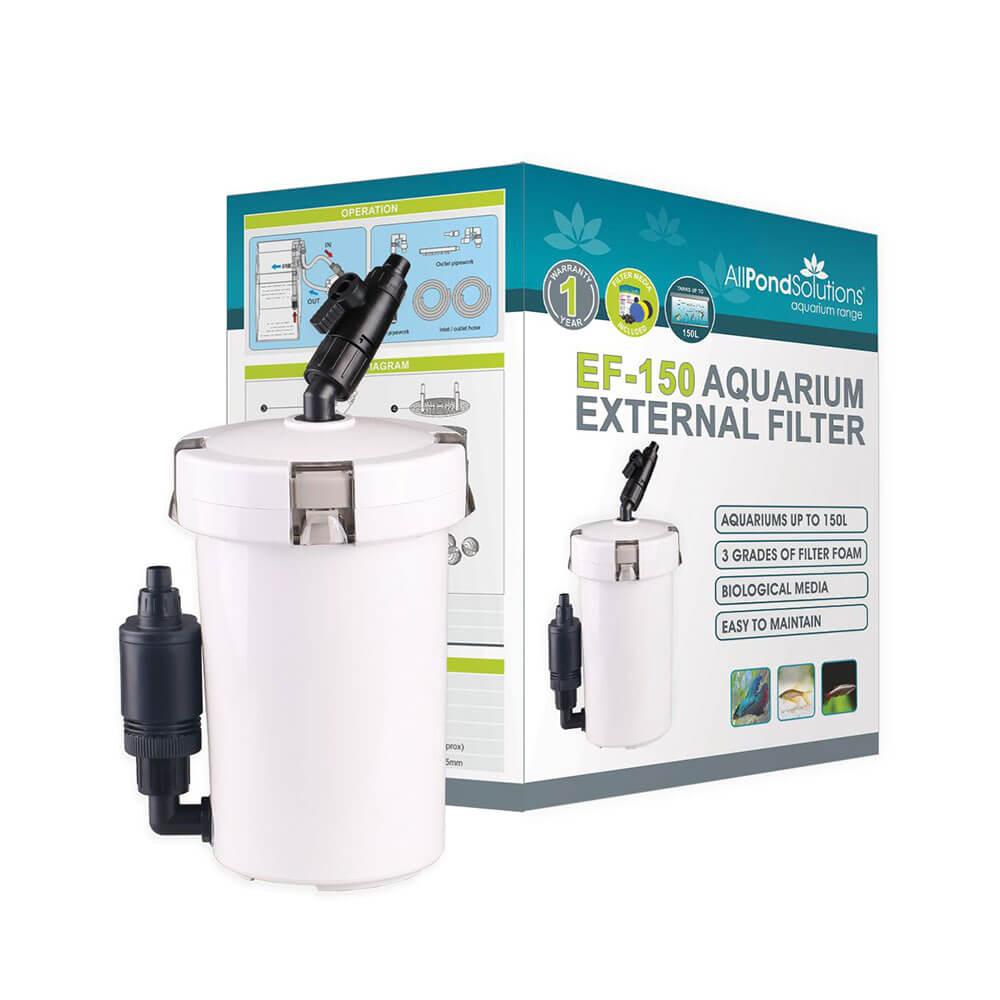What You Need to Know About Fluidised Bed Reactors
What is a Fluidised Bed Reactor Filter?
A fluidised bed filter, sometimes called a "suspended particulate filter" or a "suspended sand filter," is a tube or box that hangs off the back of your fish tank, or a cylinder or canister which stands in your sump or on the floor beside or under your fish tank, and is connected to a water pump in the fish tank (or sump) to move water through the filter. These filters force water through a churning mass of small, heavy granules - usually sand, silica chips, or plastic - in the bottom of the tube.
How do Fluidised Bed Filters Work?
Fluidised bed reactors provide biological filtration very similar to that provided by under gravel filters. Nitrifying bacteria colonies grow on the surface of the particles of sand in the bed, and process ammonia and nitrite into nitrate as the water passes through the filter.
Water needs to be pumped into the fluidised bed filter using a water pump. These aquarium filters usually do not come with an integral pump, so a separate water pump will need to be used. This is usually a power head located in the fish tank and connected to the filter by tubing. However, the power head could also be located in the sump, if your aquarium system is set up with a sump to accommodate other filters and equipment.
The water is pumped into the bottom of the filter, up through the media, and then flows back into the tank from the top of the filter body. Because of the speed at which water is passed through the filter media, it becomes 'fluidised' - the sand grains (or pellets or other granules) are constantly being pushed up by the current and then falling back through the water in response to gravity, similar to the 'snow' in snow globes.
Maintenance
Fluidised bed filter reactors require very little maintenance themselves. However, the pump will require regular maintenance, including cleaning the impeller, impeller shaft, and intake and outlet as debris collects and algae and bacteria grow. If this is left unchecked, it causes reduced water flow, which leads to poor filtration.
You will also need to monitor the sand bed, as it can eventually settle and become stagnant. This should not happen for a long time, maybe even years, and is most likely to be a problem after an extended power outage.
What should I be aware of?
Fluidised bed filters can be expensive, although the reason for this is unclear. It may just be that they are seen as a high-end piece of aquarium equipment and therefore demand a higher price.
A fluidised bed reactor will usually need to have space behind the tank to hang, so the tank cannot sit flush against a wall. Some people find this unattractive. However, the space needed for a fluidised bed filter is usually less than that needed for a comparable power filter. For those models of fluidised bed filter that are not designed to be hung from the back of the tank, you will need to provide space under or beside the tank or in your sump.
Unlike canister filters, fluidised bed filters usually rely on the owner of the tank to figure out the plumbing necessary, and usually do not come with nice, well-formed intake and return tubes. This can make these filters a little more difficult to set up for a beginning aquarist - as the last thing you want is to have your pump pumping all your aquarium water out onto the floor because a tube was misplaced or wiggled itself loose.
You will also need to monitor the particle bed to make sure that it is still "fluidised" and free moving. Fluidised bed filters also may not restart correctly after a power outage.
